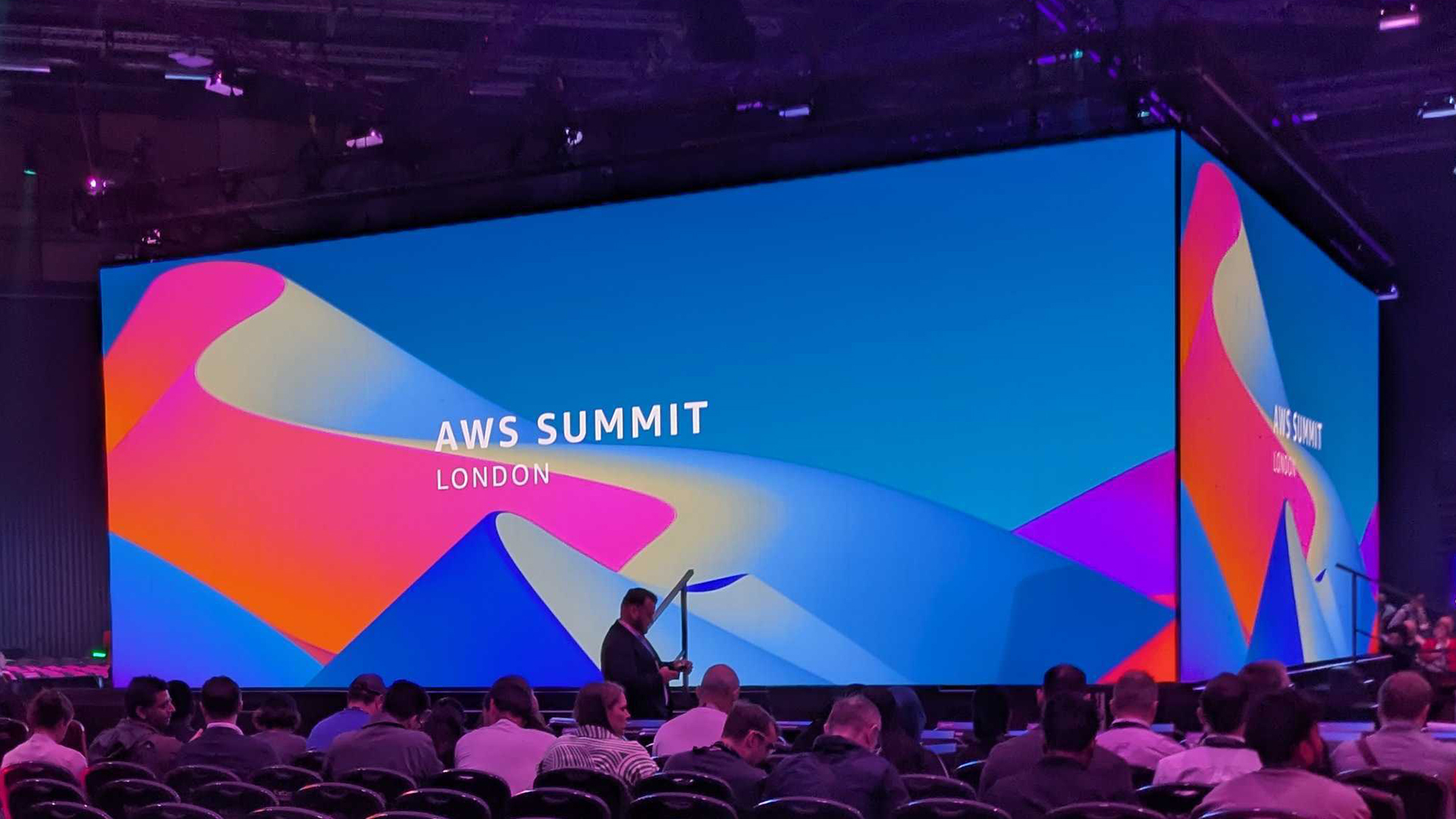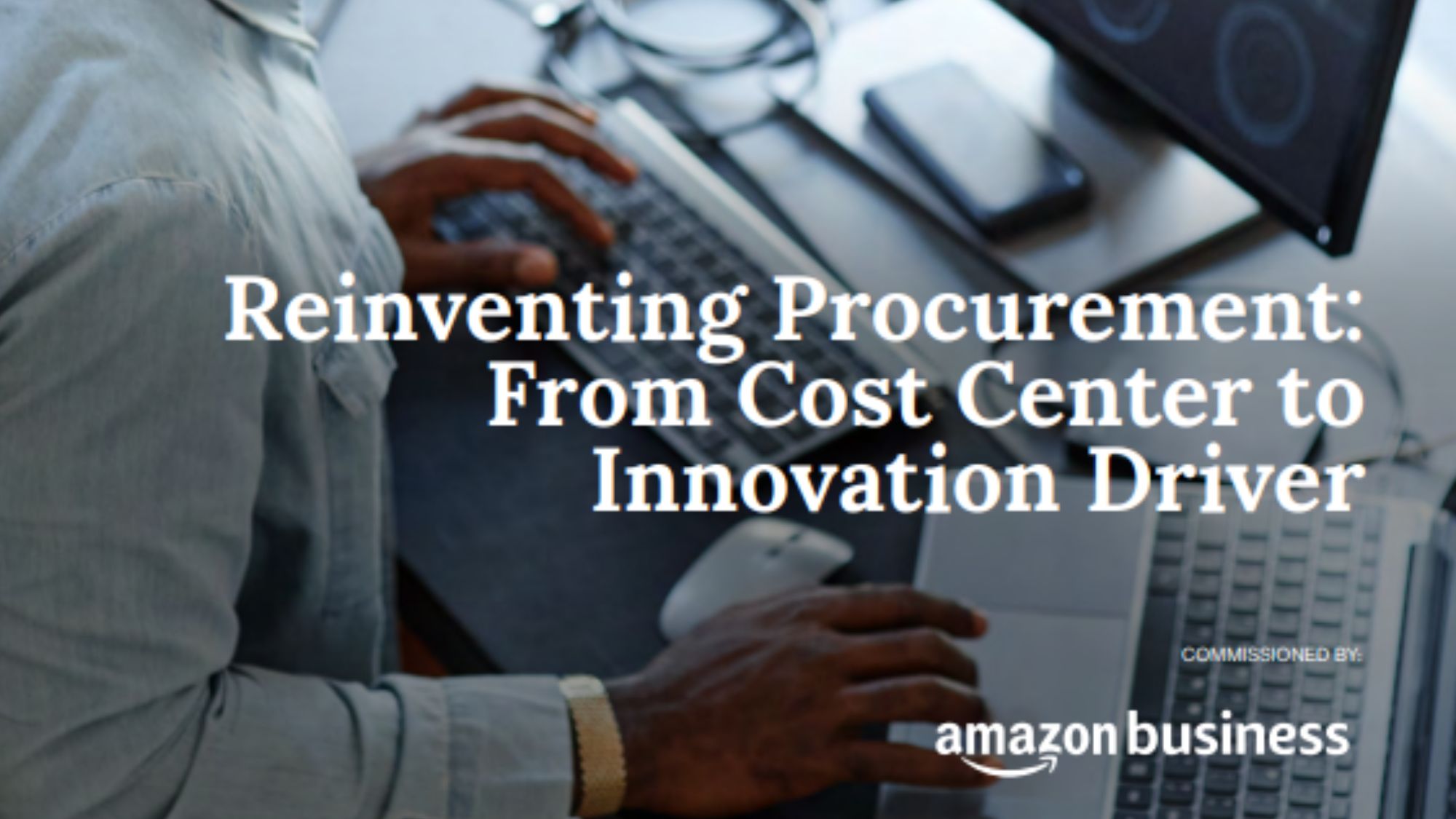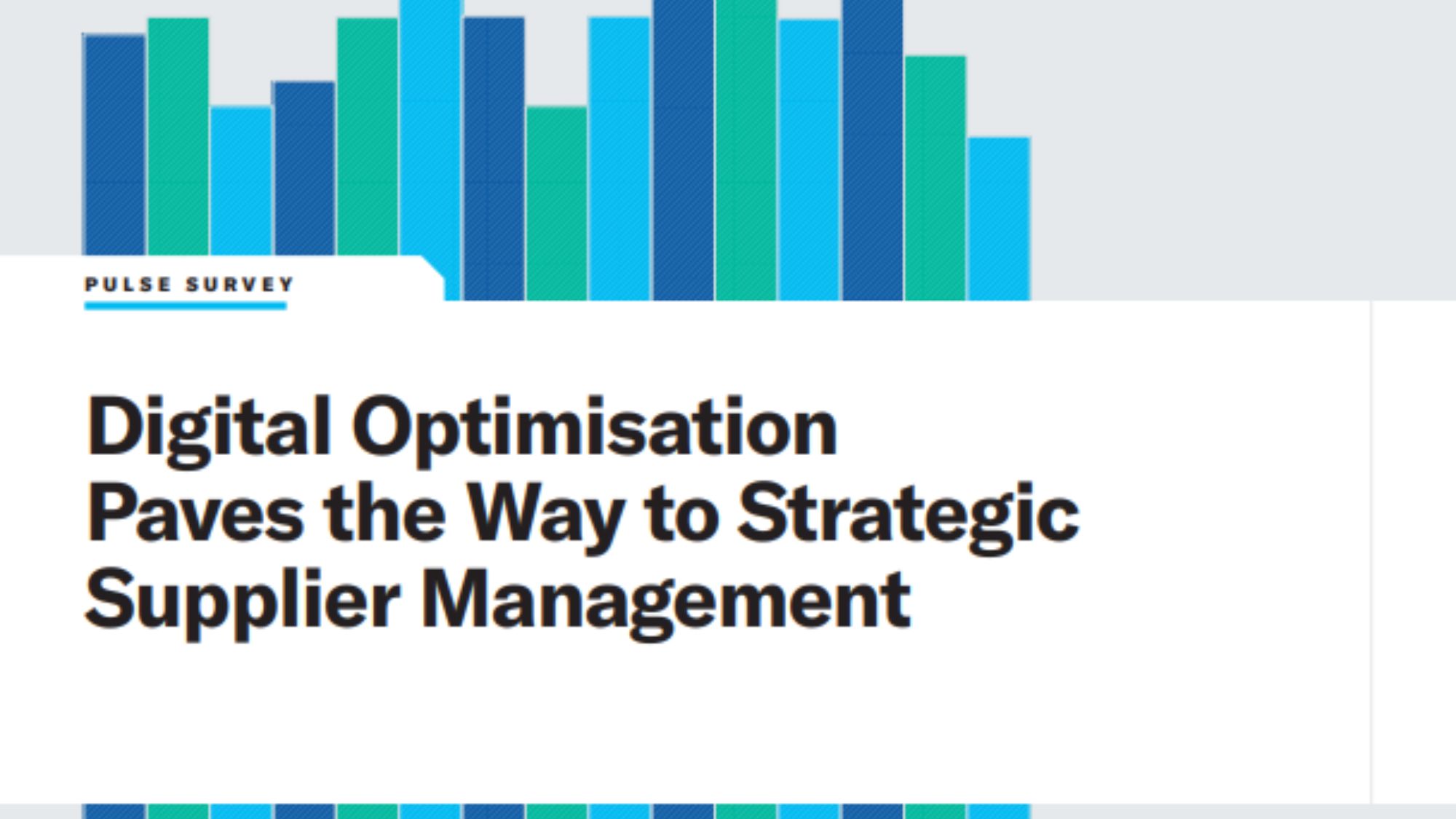Sponsor Content Created With AWS
Moving generative AI from proof of concept to production: a strategic guide for public sector success
Generative AI can transform the public sector but not without concrete plans for adoption and modernized infrastructure

It’s undeniable in 2025 that generative AI can streamline knowledge work and help improve productivity in the workplace by reducing manual processes like form filling. This technology has public sector appeal as it promises to save money and improve time to resolution – freeing up time for experienced civil servants to support citizens.
There’s a huge gap between exciting plans for generative AI adoption and actually putting it into production, however. In a recent report, the UK Department for Science, Innovation and Technology estimated that generative AI tools can save up to 40% of time in the public sector but noted strategic hurdles to unlocking this productivity.
A recent MIT study suggests as many as 95% of AI pilots fail, as reported by Fortune, with researchers pinning the blame on poor enterprise adoption strategies.
Elsewhere, Gartner predicts that over 40% of agentic AI endeavors will fall by the wayside by the end of 2027, citing a widespread lack of strategic thinking before deploying AI and pursuing costly proofs of concept.
Plugging the gap between appeal and adoption will come down to setting out AI plans in collaboration with trusted partners, alongside more long-term thinking by public sector leaders to ground AI initiatives in organizational goals.
How can organizations implement generative AI?
First and foremost, all public sector organizations looking to bring generative AI into production need firm, clear plans for adopting it in the manner best-suited to their core mission. This means leaders must align any potential AI programs with the objectives of their respective organizations, both in the short and long term.
The starting point for adoption must be strategic alignment between one’s organizational objectives and any AI initiative. Instead of being driven purely by technological outcomes, leaders should look to solve specific problems using AI, with these goals as a guiding light throughout the adoption process.
In order to succeed at this task, public sector organizations and their digital leaders must also promote a culture of innovation among their workforces, with transparency around how new AI systems help achieve long-term goals.
For example, the UK’s Financial Conduct Authority (FCA) identified significant potential for AI to help greatly reduce the time its analysts have to spend on manually reviewing tens of thousands of regulatory submissions received every year. In collaboration with AWS, it deployed a generative AI prototype that uses large language models (LLMs) grounded in retrieval augmented generation (RAG). This is a methodology for ensuring LLMs refer to a trustworthy, domain-specific source of knowledge to produce more accurate outputs. The pilot demonstrated that generative AI can support faster and more targeted document review by surfacing critical issues and freeing up time for human experts to focus on deeper analysis and judgement.
Inward-facing recognition of where skills and technical capabilities may be lacking is also key. This is where the AWS’ One Government Value Agreement (OGVA) 2.0, a specialized program created through a memorandum of understanding (MOU), with Crown Commercial Service (CCS), comes in.
Through OGVA 2.0 Scaler program, UK public sector organizations can access up to $25,000 in AWS credits to kickstart transformation efforts and proofs of concept (PoCs) in a low cost, low risk way. Upskilling is also a pillar of the program, with five complimentary AWS Skill Builder licenses provided per organization, to those that qualify.
All of this helps lay the groundwork for moving generative AI projects into production, ensuring that an organization’s people and technologies can work with AI tools in line with long-term objectives.
ZNotes is an educational platform, primarily used by high school students from emerging countries. To scale its operations and meet the needs of users around the world, the organization got involved in the AWS EdStart program, which put it in touch with EdTech firms around the world. It also pinpointed the specific technologies and services within AWS, including Amazon Bedrock,that help Znotes enhance user experience, while maintaining high availability during peak exam periods and ensuring data security for underage users. Through this process, it has evolved from a WordPress blog to a sophisticated platform that now serves six million students across 190 countries.
In the immediate future, ZNotes will localize its content using generative AI, leaning on its decade of data and educational methodologies to meet the needs of national curriculums faster.
The second most important factor for successfully translating AI proofs of concept to AI successes is possessing the right AI infrastructure.
As many as 70% of respondents to the DSIT review said their data infrastructure is poorly coordinated and not interoperable, which makes adopting centralized AI systems a more time consuming prospect.
As organizations digitize services and coordinate data, they must ensure they build their new data foundations on efficient, reliable infrastructure such as AWS’ open data lakehouse and zero extract, transform, and load (ETL) pipelines. These help public sector organizations to quickly connect existing data to AI systems.
Scalable compute is also of paramount importance for enterprise-grade AI, particularly for meeting variable customer demand.
For example, Hillingdon London Borough Council worked with AWS and PwC to deploy an AI tool for call and web customer service to improve resolution rates with local residents. The result provided the call fielding equivalent of 26 full-time staff and reduced cost-per-call by 95%.
This system is available to residents 24/7 and stands ready to deal with a large number of concurrent calls during peak hours, underlining the benefits of an elastic compute approach to AI deployment.
Governance is another major consideration for deploying AI in the public sector and beyond. Leaders must assess potential damages to stakeholders that can arise from AI deployment, be they commercial customers or, in the case of the public sector, citizens relying on them for trustworthy and effective services.
Of course, cybersecurity is an essential pillar in any governance framework and generative AI in production should always be paired with strong data protection built in at the ground level.
For example, cybersecurity leaders may work together with figures overseeing a public sector AI project to ensure that new tools abide by strict access controls, as set out by environment-wide services such as AWS’ AI security services
Embedding governance and human oversight at every stage requires stakeholders to take a hands-on approach that considers the right protocols for AI behavior from every angle and examines how it will fit into a given enterprise in detail.
The next evolution in AI implementation involves autonomous agents capable of reasoning, planning, and executing complex tasks. These systems will move beyond conversational interfaces to become active partners in organizational operations. PwC tracked AI Agents as being adopted in 79% of US companies in a recent survey. Amazon Bedrock AgentCore helps you transition your agentic applications from experimental proof of concept to production-ready systems in easy steps.
The journey from proof of concept to production requires a balanced approach combining technical excellence with organizational readiness. As we move toward autonomous AI agents, this journey becomes even more critical. To make the most of generative AI and emerging technologies such as sophisticated AI agents, public sector organizations need to follow their goals and principles as a north star, in collaboration with trusted service providers like AWS.
Sign up today and you will receive a free copy of our Future Focus 2025 report - the leading guidance on AI, cybersecurity and other IT challenges as per 700+ senior executives
Deepak leads Data & AI Strategy for AWS UK Public Sector, where he is responsible for driving innovation and thought leadership in artificial intelligence and cloud-based data solutions.
With a focus on empowering government organisations to become AI-led and data-driven, he works closely with public sector leaders to harness the latest AWS technologies, enabling smarter decision-making, operational efficiency, and transformative digital services.
An expert in AI adoption and modern data strategies, Deepak brings deep experience and strategic vision to help organisations navigate their cloud and AI journeys.
-
 UK channel firms are ‘leading the way’ in AI networking readiness
UK channel firms are ‘leading the way’ in AI networking readinessNews Westcon-Comstor's latest research reveals that 43% of UK partners now offer AI-integrated network services as fresh opportunities beckon
-
 Coursera teams up with Anthropic on Claude AI training
Coursera teams up with Anthropic on Claude AI trainingNews New Coursera specializations aim to help Claude users of all levels scrub up on their skills
-
 Box and AWS announce new multi-year AI collaboration
Box and AWS announce new multi-year AI collaborationNews The agreement includes fresh integrations between Box and AWS, including support for Amazon Quick Suite and Amazon Q Developer
-
 Everything you need to know about OpenAI's new open weight AI models, including price, performance, and where you can access them
Everything you need to know about OpenAI's new open weight AI models, including price, performance, and where you can access themNews The two open weight models from OpenAI, gpt-oss-120b and gpt-oss-20b, are available under the Apache 2.0 license.
-
 AWS to give AI skills to 100,000 people in the UK by 2030
AWS to give AI skills to 100,000 people in the UK by 2030Cloud giant wants to inspire the next Charles Babbage and Ada Lovelace with an AI-training initiative that pulls government, business, and education together
-
 2025 State of Procurement Report
2025 State of Procurement Reportwhitepaper The trends shaping the future of business buying
-
 Reinventing Procurement: From Cost Center to Innovation Driver
Reinventing Procurement: From Cost Center to Innovation Driverwhitepaper
-
 Digital Optimisation Paves the Way to Strategic Supplier Management
Digital Optimisation Paves the Way to Strategic Supplier Managementwhitepaper
-
 'Customers have been begging us to launch': AWS just rolled out Amazon Q Business in Europe – and it includes new data residency features
'Customers have been begging us to launch': AWS just rolled out Amazon Q Business in Europe – and it includes new data residency featuresNews AWS has announced the availability of its Amazon Q Business platform in Europe in a move sure to please sovereignty-conscious customers.
-
 AWS sharpens sustainability focus as AI environmental concerns rise
AWS sharpens sustainability focus as AI environmental concerns riseNews The hyperscaler says sustainability plays a part in core decision-making in the age of AI